GAMES
1,896
Oddworld: Abe's Exoddus - Revisiting My Childhood
4 years ago
Oddworld: Abe's Exoddus is a PS1 game that was a big part of my childhood, which was recently reimagined as Oddworld: Soulstorm (which
∞ I played a couple of months ago ∞). I revisited the original to see if it still holds up; I enjoyed it!
I meant to write this like two or three weeks ago but kept getting distracted! Even though I doubt anyone really cares to read it, I feel like I can't move onto another game until I've
documented my experiences - weird, I suppose - so here's some rambling about that!
∞ When I played Oddworld: Soulstorm recently ∞ - which I'd been looking forward to for years because it was a reimagining of a game I enjoyed a lot during my childhood - I was disappointed, mainly because some of my favourite features from Exoddus were completely omitted. I wanted to revisit Exoddus to see if those things were actually fun or if my vision was just clouded by nostalgia.
Speaking of childhoods, I saw this meme on Reddit the other day:
![]()
The moon landing was in 1969, the Playstation release in 1994 (surprising; I didn't have one until years after that). So 25 years between them, and 27 years between now and the Playstation release.
God, I feel old.
I know I should really be looking into newer, modern games - particularly those by other indies - but stuff we encountered during our impressionable, formative youth is comfortingly familiar in a way that nothing new can be. I've returned to Playstation 1 games via emulation many times over the years.
I was also curious though how something I enjoyed so much back then held up compared to what's out now, especially to the direct reimagining of this particular game.
So!
![]()
I bought the game on Steam, but the version on there had no support for multiple resolutions and poor support for input, so I ended up just digging up my old emulators.
![]()
Overall, I really enjoyed the experience! A lot of it held up surprisingly well, and overall the experience felt very
solid compared to the more slippery feel of Soulstorm.
It took me about six hours over several days, which is a nice length for a game - it didn't overstay its welcome - but also surprising since games seemed so huge and endless back when my world was still so undiscovered!
![]()
I read that the development was rushed, and the game went from conception to completion in less than a year (something like 9 months?), which is very surprising since everything feels detailed and all the puzzles feel like the right level of difficult. The fundamental mechanics are identical to the first game, Oddysee, though, so that'd speed things up immensely. Plus the team was quite large.
The visuals in particular still impress me! I never realised the PS1 was so low-resolution; oh how spoiled we are these days! I'm unsure how the visuals were created though. I mean the character models are obviously 3D models converted to sprites (so they're pixelated but not 'pixel art'), but the environments are more mysterious to me. With something like this these days (eg Ori, Braid), you'd have a bunch of painted environment fragments - rocks, platforms, etc - that you'd assemble around an invisible collision mesh, but everything here seems to have been 3D modelled rather than made up of parts? Every screen felt unique, though, filled with tons of details, and every rock looked different, distinct, so if everything
was individually modelled, that must have taken a whole lot of work!
I suppose not knowing exactly how everything was made actually helped my immersion, though! I can't help but analyse games as a developer these days - "how did they do that? Could I use similar techniques?" - which does sort of interfere with that.
![]()
The game was made of several levels - though I never saw them that way as a child because they're not divided by completion screens or named like in Soulstorm - and from a design standpoint, I particularly like how each had its distinct colour palette, with one overwhelming background colour that defined it. Very beautiful!
![]()
I always found Oddworld so intriguing because the created world seemed so alive and distinct to any others I'd seen. Rather than playing as some impressive human soldier or hero, you were this weird, gangling, ugly...
thing in a loincloth, who died at the drop of a hat so you had to redo sections over and over. Rather than running into action and gunning down your foes, you had to sneak around, sometimes
possessing enemies to do your dirty work for you, in order to rescue your equally helpless friends.
![]()
I loved bizarre alien designs as a child, and I don't know whether these games inspired that appreciation or just spoke to it. The world was home to humanoid, indigenous
mudokons enslaved by corporate
glukkons - bizarre (apparently) armless octopus men in suits - and in Abe's Oddysee, you controlled the mudokon Abe as he went on a spirit quest evading fascinating wildlife: blade-jawed
scrabs, and hand-faced
paramites.
I remember drawing paramites and scrabs as a child because their designs intrigued me so much! They felt more like something I'd really see on an alien planet than the usual Earthly-inspired monsters in everything else.
In Oddysee, these were just obstacles, but Exoddus gave you the ability to possess and directly control them. So exciting to me as a child! One of the biggest draws of the game by far, I felt at the time, and I was excited to experience it again in this replay.
![]()
And I did enjoy it! Each species had its own unique behaviours: scrabs would challenge other scrabs and ignore you if you got two face-to-face, which was sometimes the only way to get past one safely, and if you possessed one you could take part in these (brief) dominance battles yourself. Paramites would only attack if cornered or in groups, and possessed paramites could use the 'gamespeak' thing to literally talk to other paramites and get them to follow paramite-you. Intriguing, inspiring stuff.
I was surprised though by how
short the sections were with these. All these potential interactions, but some were only used once to solve puzzles, others not at all despite being available. As a child, I entertained myself by playing around with them rather than just making a beeline to each puzzle's solution, so it's a shame that as an adult I see games as a task rather than a playground.
![]()
You could also possess
glukkons, which is the thing I remembered most fondly and which I was most looking forward to. Since glukkons were these shadowy bigwigs pulling the strings in Oddysee, I remember feeling heart-pounding anticipation, dread, and excitement when I stepped into their 'offices' in Exoddus and was able to make them
my puppets. It felt like this
big thing that stuck in my mind for years and largely motivated my excitement about Soulstorm.
And I did enjoy these this time around! But they were even shorter than the scrab and paramite bits! The three main glukkon bosses you had to possess had sections of various lengths, but one literally just involved possessing the glukkon then walking to the next room. Again it felt like potential for so much more... but then again I wonder whether the gameplay mechanics would have grown tired if pushed too much. Maybe shorter and sweeter is a good way to avoid that. Keep 'em wanting more!
Soulstorm only allowed you to possess Sligs, which was by far my biggest disappointment about it, and revisiting this only made that disappointment sharper. I wonder why they decided to omit it. Was I unusual for finding the feature so appealing?
![]()
I really like how the levels were structured. Most of them had an initial linear section that eventually led to one (or more) of these
hubs with little sub-areas - each their own puzzle - with torches or lights that lit up when you'd completed them, eventually unlocking a boss sub-area.
![]()
Having a handful of bite-sized level bits like this - which can be completed in whatever order you choose - just feels very satisfying to me, and I feel it helps even otherwise large areas feel less overwhelming by making them feel more manageable. Inspiring; I'd like to do similar things in my own games somewhere. Or I suppose I kind of did in some bits of MARDEK (the elemental temples)?
![]()
Another aspect of immersion worth noting is how there's no UI; information about mudokons saved is shown through these occasional
∞ diegetic ∞ displays (which also offers opportunity for increasing the uniqueness of each area and adding comedy; they list the mudokons as 'volunteers' etc rather than the slaves they actually are).
I feel I should at least mention the story, since I'm focusing on story in my own games, but there really wasn't much of one in this. More than I remembered! But it seems to have been one of the things that suffered most from the short development time.
![]()
These three glukkon bosses appeared out of nowhere in the second half and wanted Abe dead for vague-to-no reasons, or something, but some of what little characterisation they were given did stick in my memory over the years. I particularly liked how this one had these polite, formal corporate newsletter kind of things on a few signposts (though again, far fewer than I remember), but when you actually saw him talk he was a brusque, dim-witted lout. An easy, simple defies-expectations kind of thing, but funny to me as a child and definitely better than nothing!
![]()
I think those are the main things I wanted to mention! It's a shame Soulstorm focused on features I didn't care for while completely omitting the features I'd most enjoyed about Exoddus, but at least the original game is still out there so I can revisit those memories when I feel the urge to.
I'm not sure what I'll play next! I feel it should be an indie, but I always think I should and never actually do. We'll see!




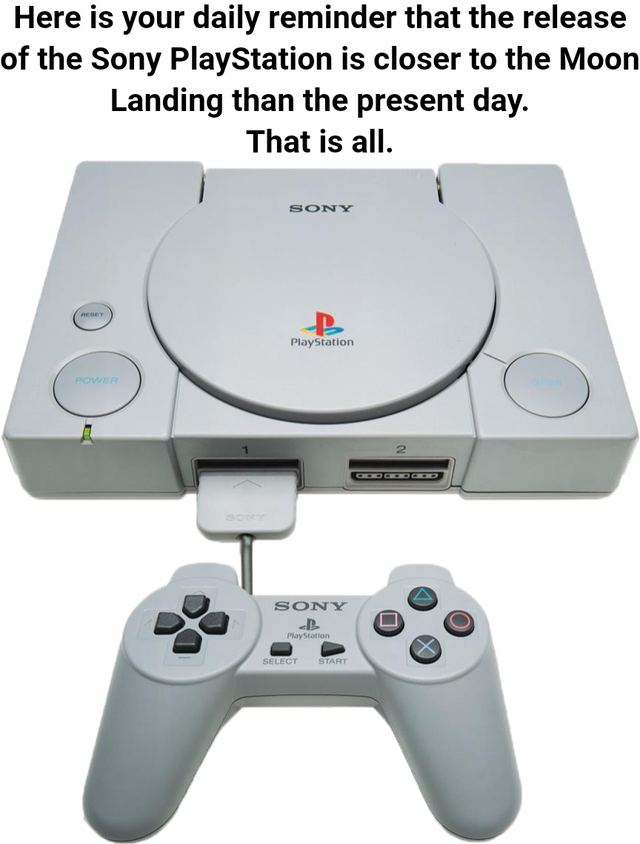


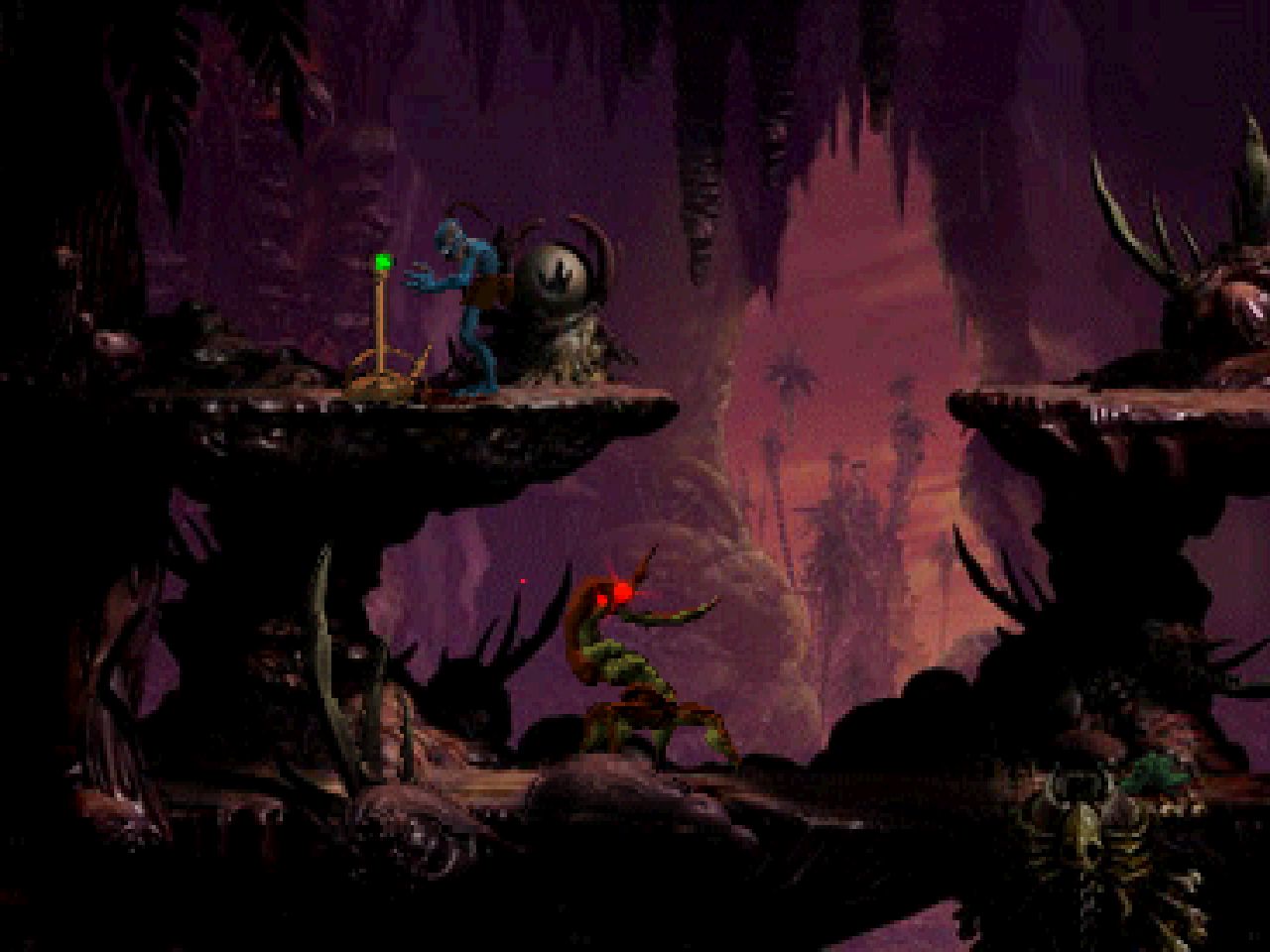
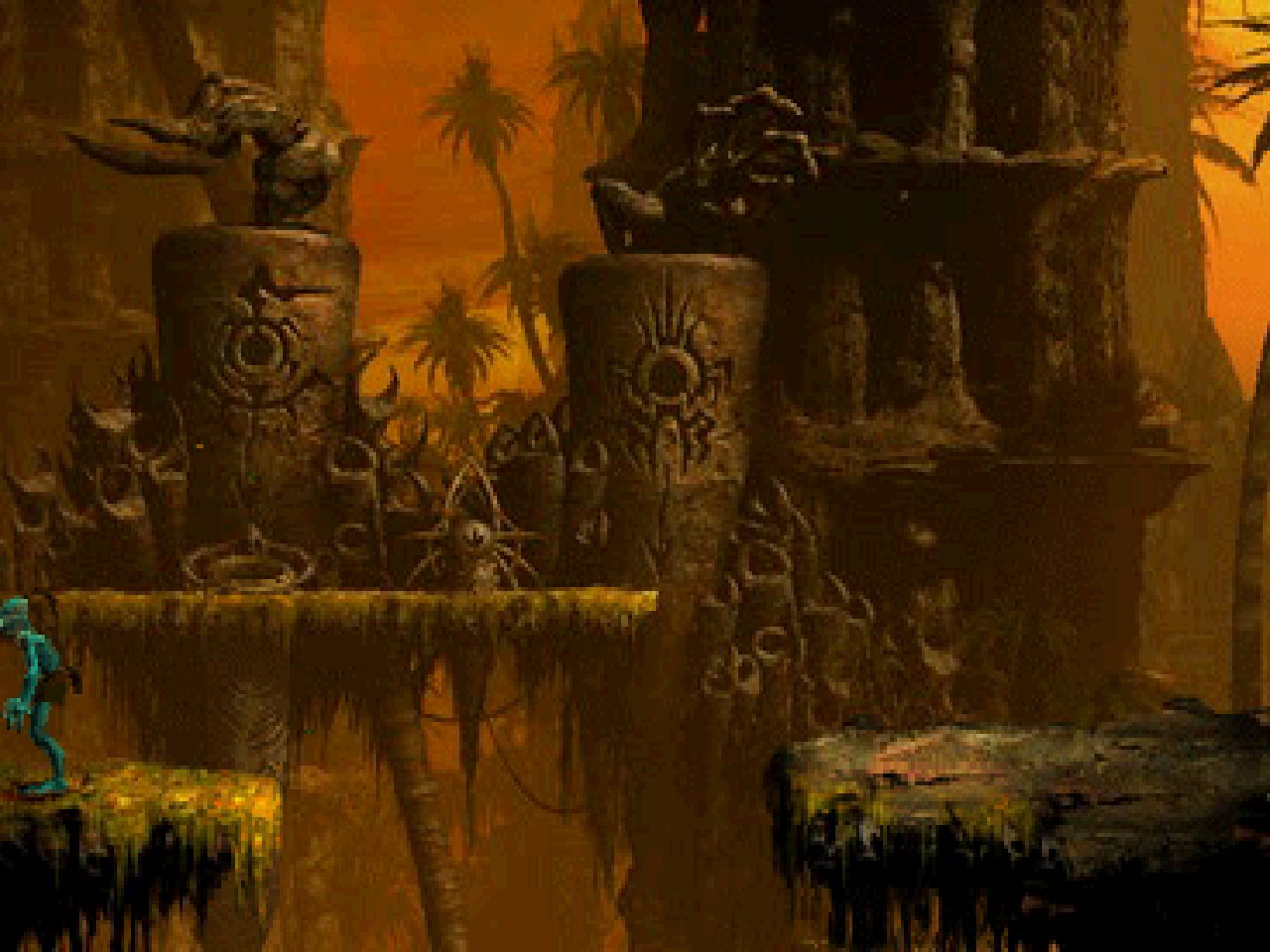
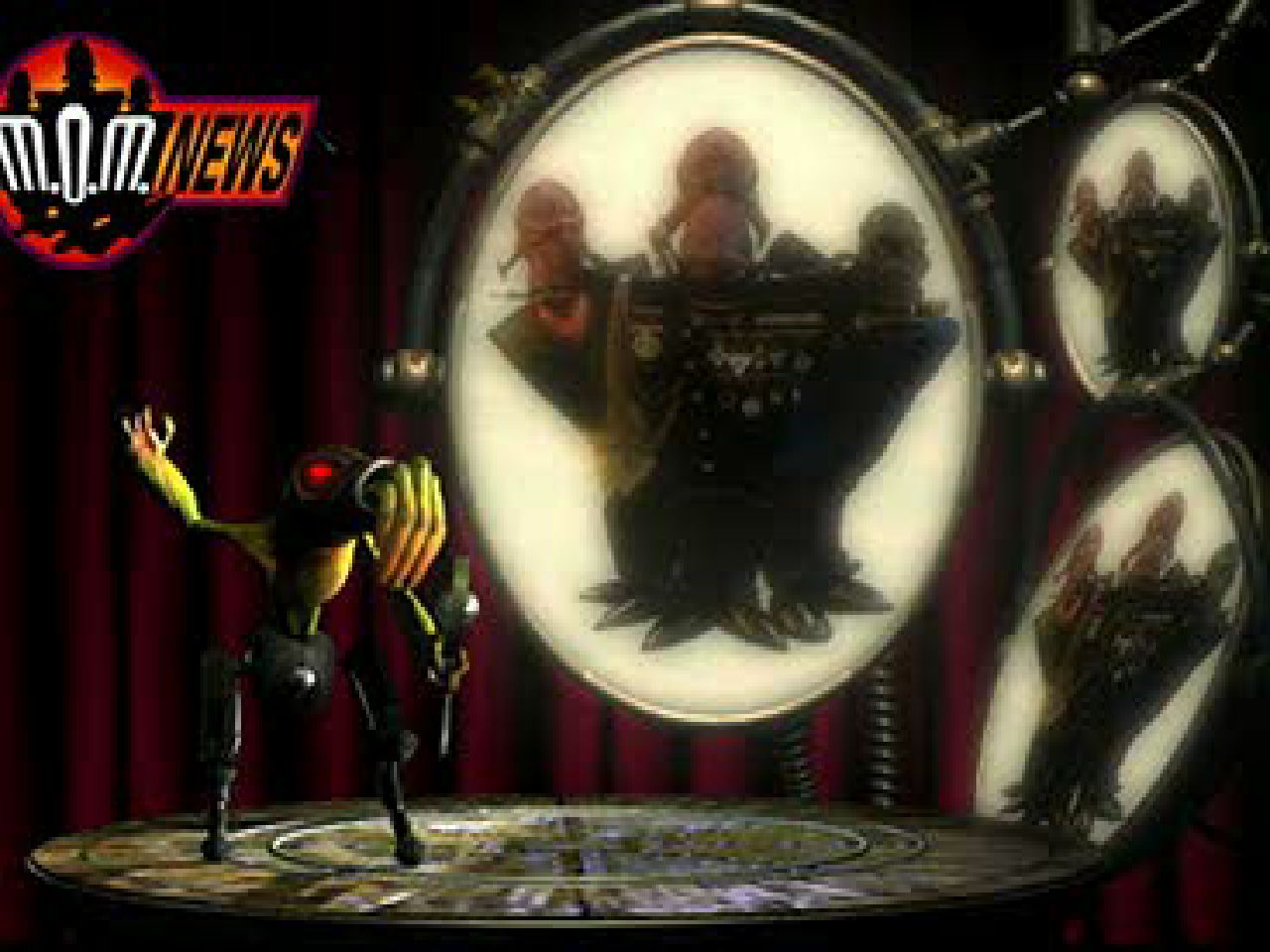
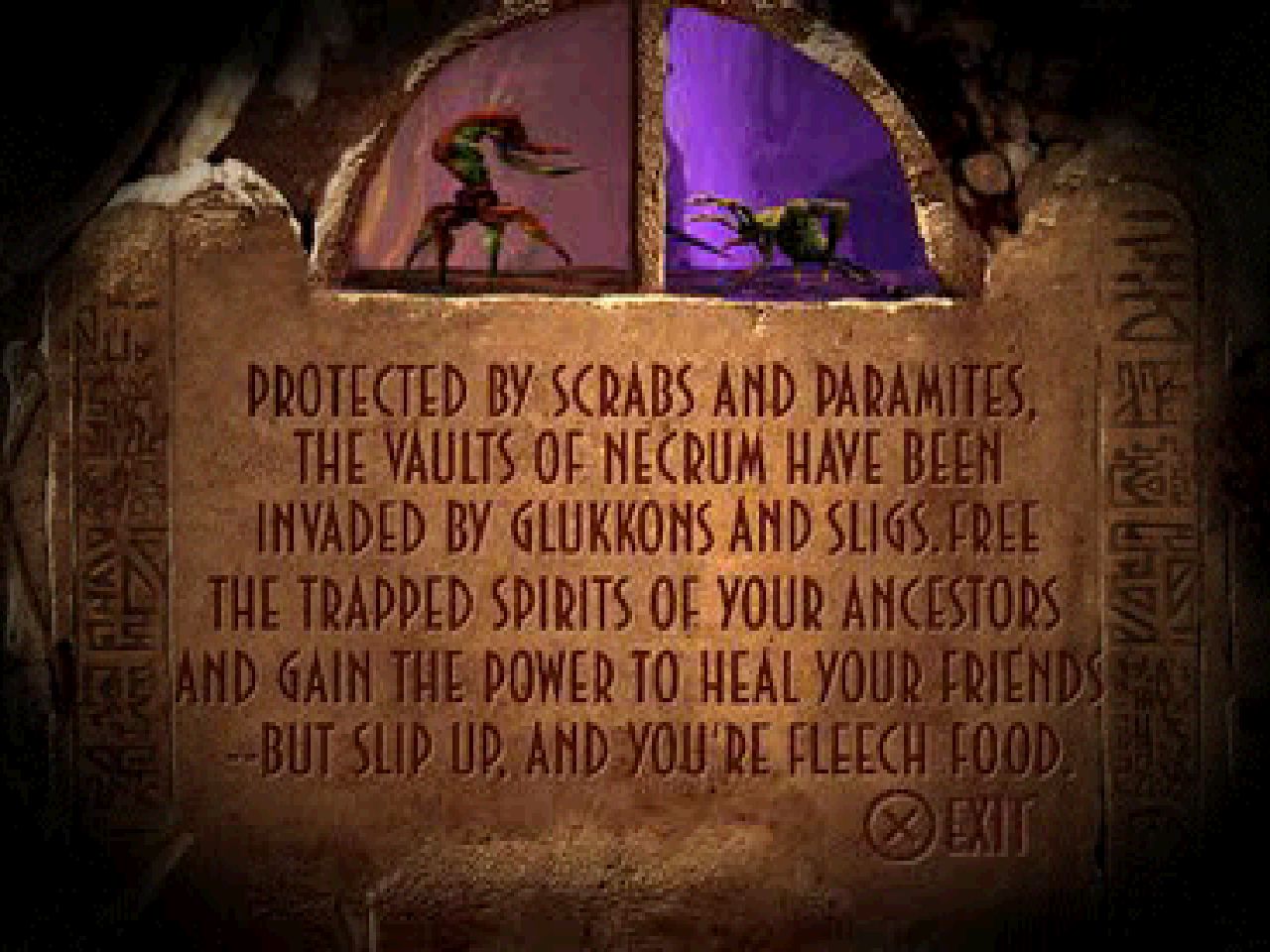
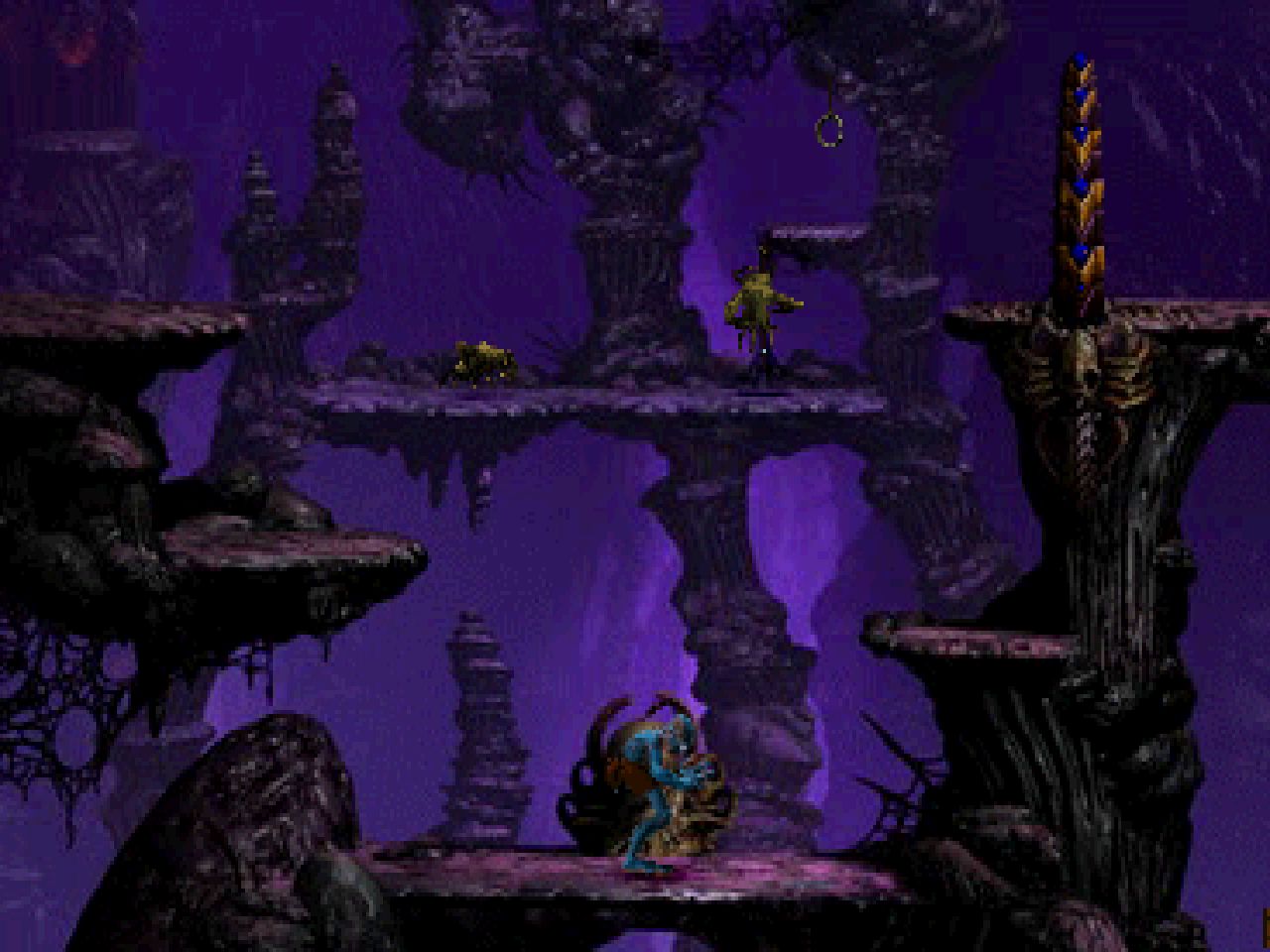
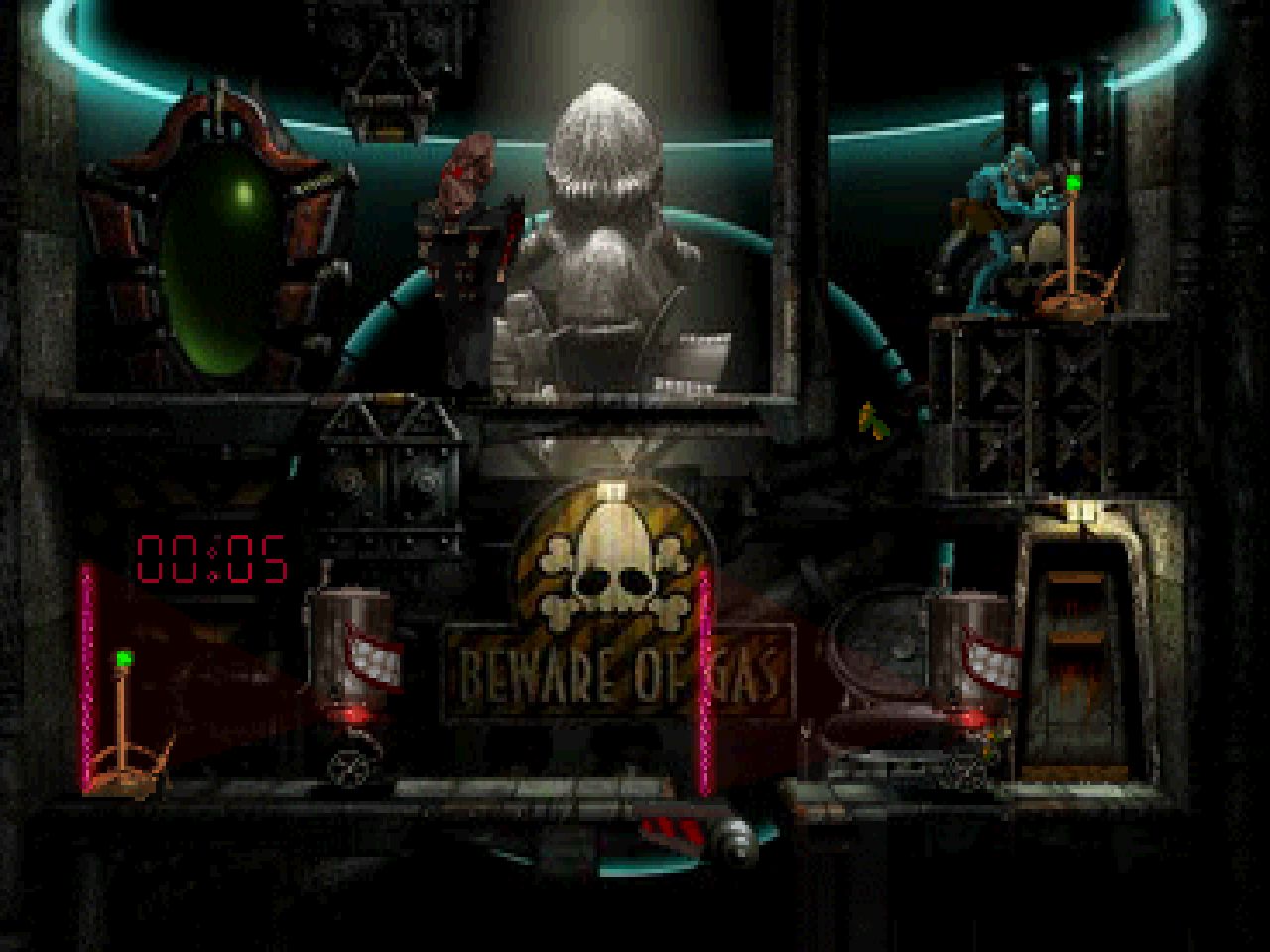
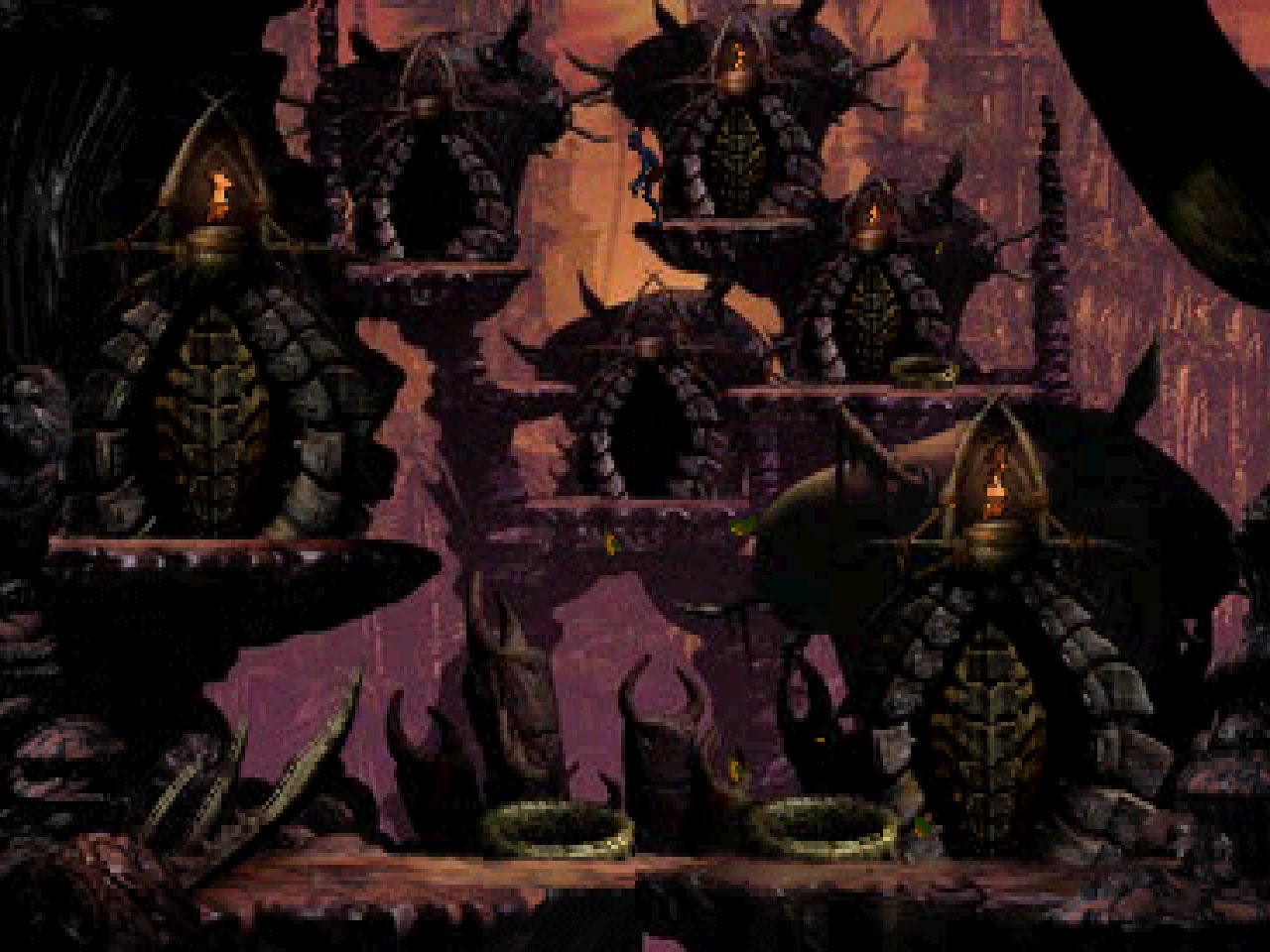
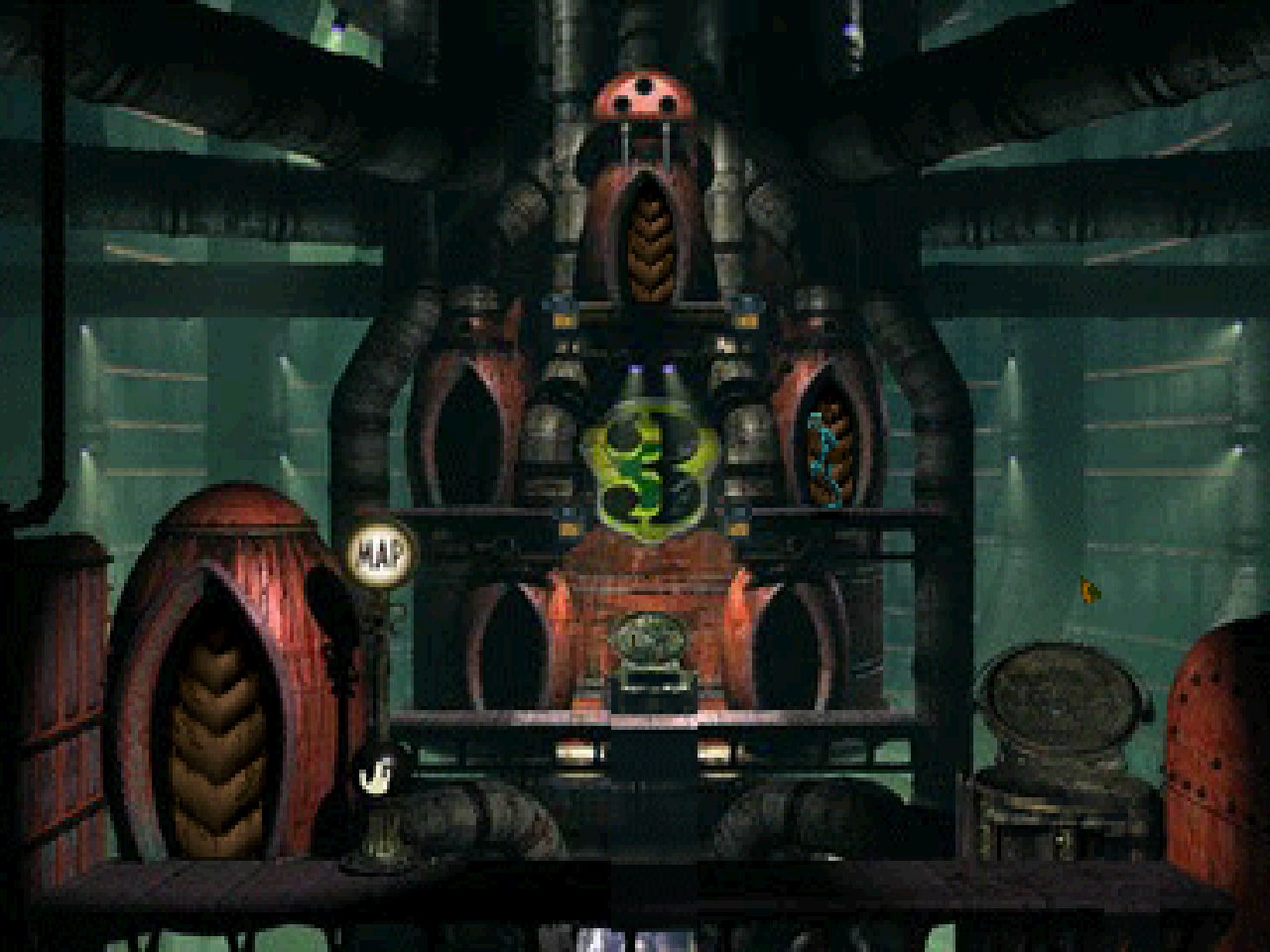
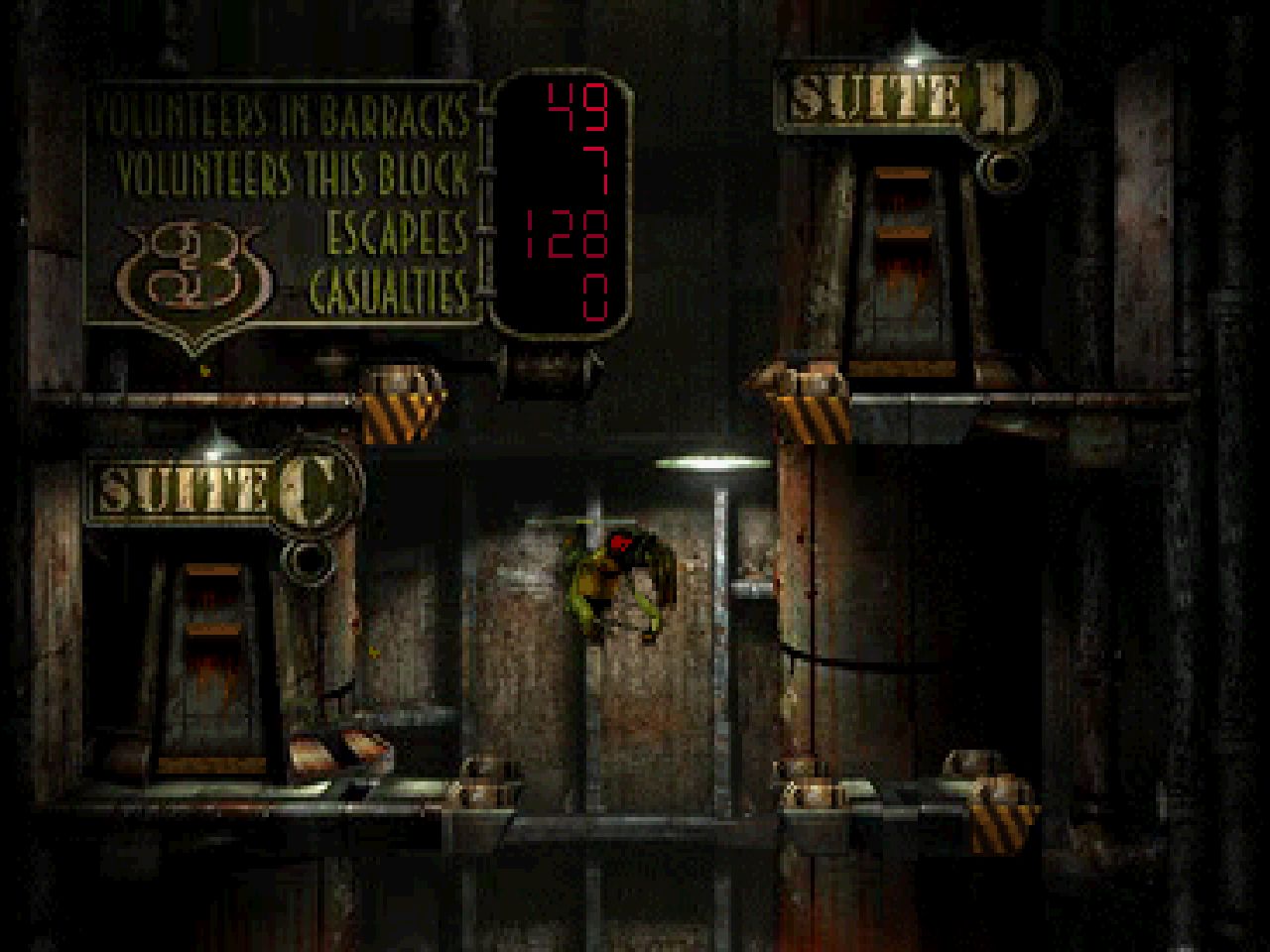
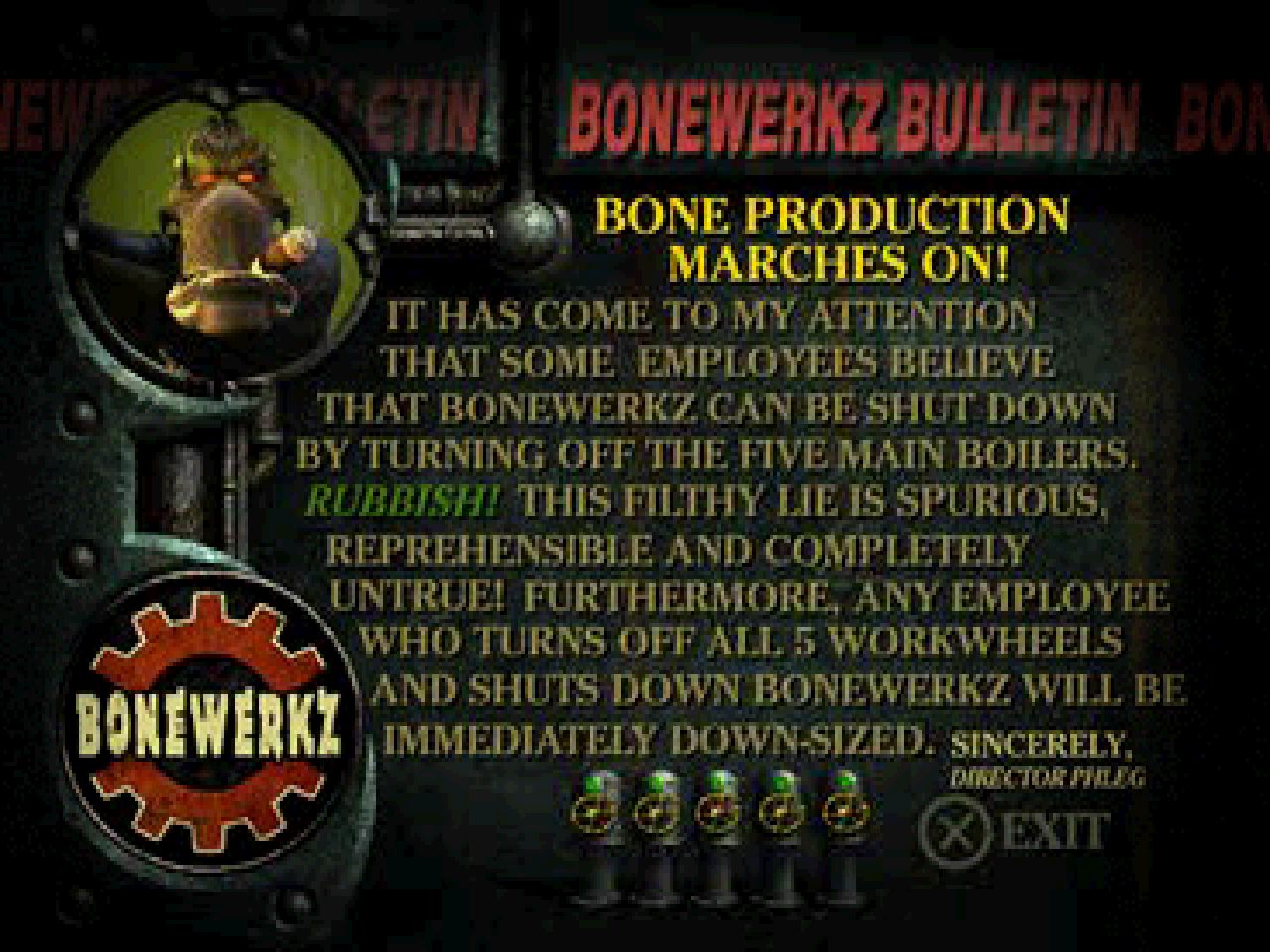
3